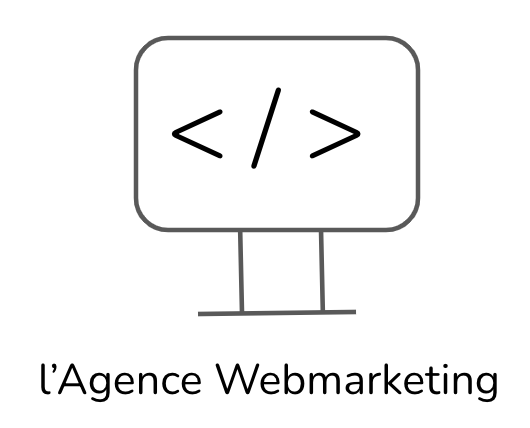Developing a website is a complex task that requires careful planning and precise execution. However, there are many common mistakes that can compromise the quality of a website and hinder its effectiveness. In this article, we will look at some of these common mistakes and provide tips on how to avoid them in order to create a high-quality site.
Mistake 1: Skipping the planning phase
One of the most common mistakes in website development is neglecting the planning phase. Many people rush straight into designing and coding without having a clear vision of what they want to achieve. It is essential to define the goals, target audience, and required features before starting development. Careful planning will save unnecessary time and effort later on.
Tip: Take the time to define your website goals, understand your target audience, and create a comprehensive list of features you need. This will help you steer your development in the right direction.
In two: Not optimizing for mobile devices
With the rise in smartphone and tablet usage, it is essential to optimize your website for mobile devices. Skipping this step can result in a poor user experience on mobile devices, which can deter visitors and hurt your site’s SEO . Responsive websites, i.e. websites that are adapted to all types of devices, are a must-have today.
Tip: Use responsive design techniques to make your website adaptive to all devices. Test it on different screen resolutions and make sure it provides a consistent user experience.
In three: Neglecting performance optimization
Website loading speed is a critical factor in user experience. Visitors expect pages to load quickly, and if it takes too long, they may leave your site. Additionally, search engines factor loading speed into their ranking algorithm. Neglecting performance optimization can result in a slow, underperforming website.
Tip: Optimize images, use caching, reduce HTTP requests, minify CSS and JavaScript files, and use gzip compression to improve your website's performance.
In four: Ignoring accessibility
Accessibility is often overlooked when developing a website. Ignoring this dimension means excluding people with disabilities or special needs, who can be a significant part of your target audience. Accessibility is about making your website usable by everyone, regardless of their disability or limitation.
Tip : Use alt tags for images, make sure your site is keyboard friendly, use contrasting colors, and make sure text is readable. Following the Web Content Accessibility Guidelines (WCAG) can greatly improve your site's user experience.
In five: Lack of testing and monitoring
Launching a website without proper testing can lead to unexpected issues. Coding errors, broken links, faulty functionality, and security issues can be avoided by conducting thorough testing before going live. Additionally, it is important to regularly track your website’s performance and make continuous improvements.
Tip: Conduct comprehensive testing before launching your website. Check links, test forms, check browser compatibility, and perform security tests. Also, be sure to regularly monitor your site’s performance and troubleshoot potential issues.
Developing a high-quality website requires careful attention to avoiding common mistakes. By following the tips mentioned above and adopting a methodical approach, you can create a website that offers a great user experience, is optimized for search engines, and meets the needs of your target audience.
Remember that planning, optimization, accessibility, testing and monitoring are essential elements of having a successful website.

